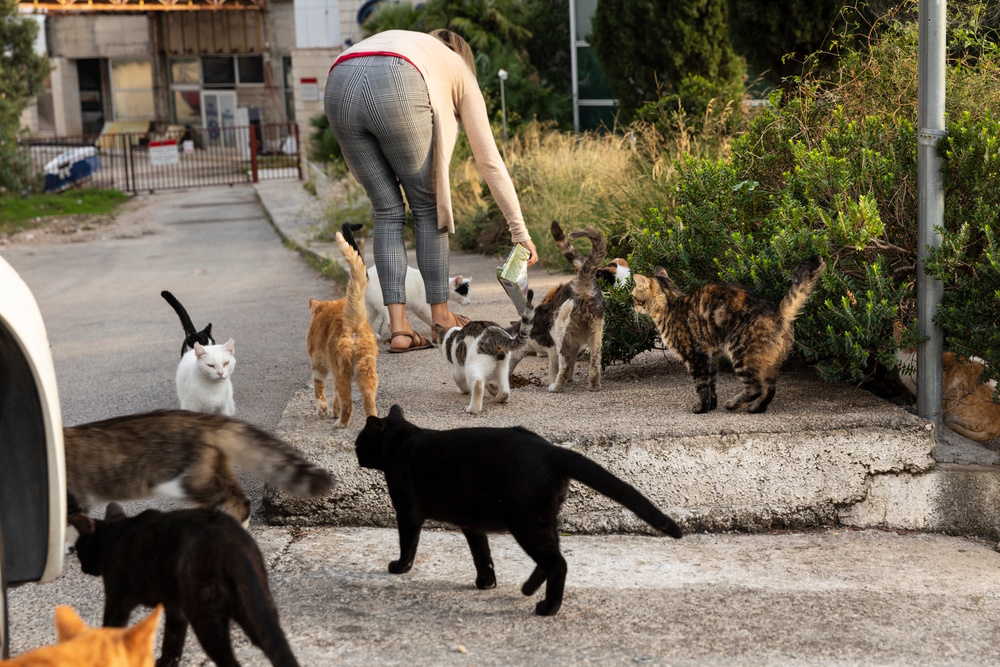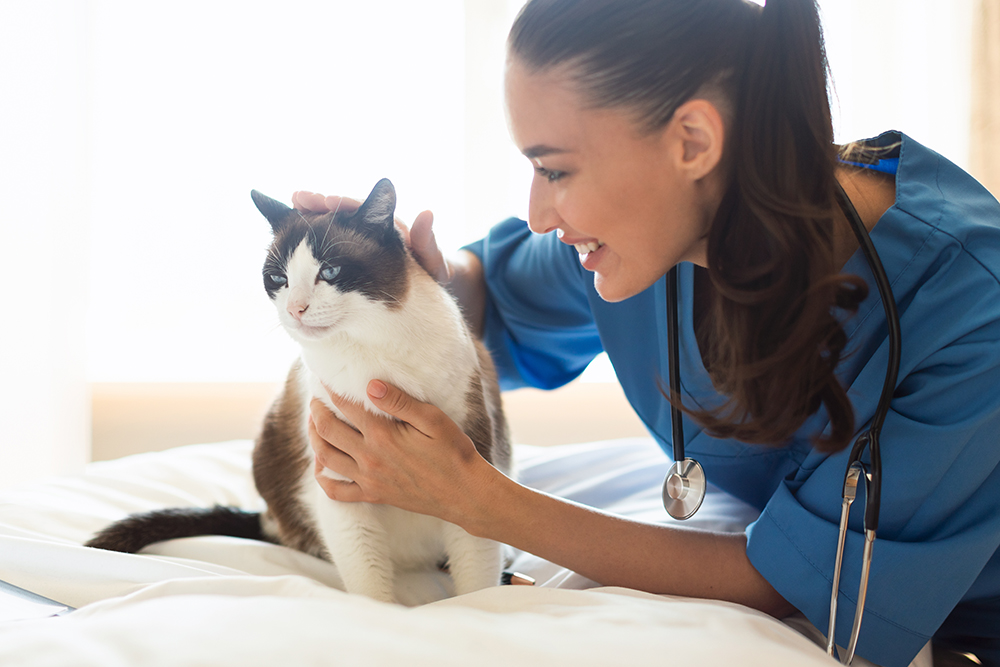Click to Skip Ahead
Note: This article’s statistics come from third-party sources and do not represent the opinions of this website.
Cats were first domesticated around 10,000 years ago, and since then they have become a regular part of our daily lives. Along with dogs, they are one of the most popular animal species to be kept as pets, and while they would have once been used to protect grain and food stores from vermin, today, they are as likely to be kept as household companions or family pets.
They are popular around the world, including in Canada, which is one of only a few countries that has a higher population of cats than dogs, helped by a sharp increase in the cat population between 2020 and 2022. However, like the rest of the world, Canada is facing a problem with an overpopulation of feral and stray cats, and also like the rest of the world, the cost-of-living crisis has affected the pet cat population in the country.
Below, we look at 17 statistics relating to cats in Canada, including information on pet cats as well as some figures relating to that feral population.
 The 17 Canada Cat Statistics
The 17 Canada Cat Statistics
- There are 8.5 million pet cats in Canada, which makes them more popular than dogs.
- The cat population in Canada rose 5% between 2020 and 2022.
- 32% of Canadians consider themselves cat people.
- The Ashera is the most expensive cat breed.
- A new cat costs between CA$1,875 and $3,345 in the first year.
- Cats cost between CA$80 and $200 per year to keep.
- A third of pet owners said they have reduced other spending to ensure they meet their pets’ needs.
- Cats go to the vet less often than dogs.
- Around 4 in 5 cats are neutered or spayed.
- Only 3% of pet owners in Canada have cat insurance.
- A quarter of Canadian owners are willing to spend more on healthy cat food.
- 2/3 of owners say they spend more on their cats than they used to.
- A quarter of owners buy their cat food online.
- The main reason given for not having a pet is not wanting the responsibility.
- There could be as many as 4.2 million stray cats in Canada.
- Some shelters have seen a 50% decrease in intakes since 2011.
- Strays and outdoor cats kill approximately 200 million birds a year.
Cats
1. There are 8.5 million pet cats in Canada, which makes them more popular than dogs.
(Statista)
It is difficult to know the exact figures, but it is estimated that there are around 8.5 million pet cats in Canada. This is more than the estimated 7.9 million pet dogs. In most countries, dogs are more popular than cats, so Canada’s pet population figures are unusual.
There are many possible reasons why cats are more popular. Canada has very harsh winter weather, and while dogs still need regular walks, cats can be given the exercise they need indoors.
Generally, owners prefer cats to dogs because they are less dependent. They need food and stimulation, but they don’t need regular walks like dogs do. And cats typically cost less to keep than dogs, which might be another reason for their popularity.
2. The cat population in Canada rose 5% between 2020 and 2022.
(Global Pet Industry)
When Covid struck in 2020, and countries including Canada went into lockdowns, many people relied on their pets for company, companionship, and even exercise. As such, global pet populations rose during this time, and Canada was no different.
The pet cat population increased by 5% during 2020 and 2022, when the pandemic ended. Although the canine population also rose, it only rose by 2.8%, allowing the difference in population sizes to open up even further.

3. 32% of Canadians consider themselves cat people.
(Compare The Market)
Whether somebody is a cat person or a dog person is a commonly asked question. Dog people point to the companionship and the closeness that dogs offer, while cat people extol the virtues of feline independence, and the fact cats don’t need to be walked. Cats are also usually less expensive to keep than dogs, although this isn’t always necessarily the case.
In one survey, 32% of Canadians said they consider themselves to be cat people. However, despite the fact there are more pet cats in Canada than dogs, more respondents considered themselves dog people, with 50% of those asked stating such. 18% said they were neither.
Respondents were not allowed to say they liked both equally, and there is no reason that owners have to choose one over the other. Cats and dogs can coexist relatively peacefully in homes.
4. The Ashera is the most expensive cat breed.
(Spot Pet Insurance)
There are dozens of different cat breeds recognized by fanciers’ and breeders’ associations around the world. The Cat Fanciers’ Association, which is the official Canadian group, recognizes 40 pedigree breeds that can be entered in official shows and exhibitions. Different breeds not only have different appearances and physical characteristics, but depending on their scarcity and their popularity, they can have wildly different prices, too.
While moggies, which are mixed breeds consisting of two or more breeds, can be purchased for as little as $100, some of the most expensive breeds sell for much higher figures. The Ashera is considered the most expensive breed and costs between $300 and a staggering $150,000.
The Ashera is a descendant of the Leopard, mixed with the Serval and the domestic cat. It is incredibly rare Savannahs and Asheras are legal to own in Canada.
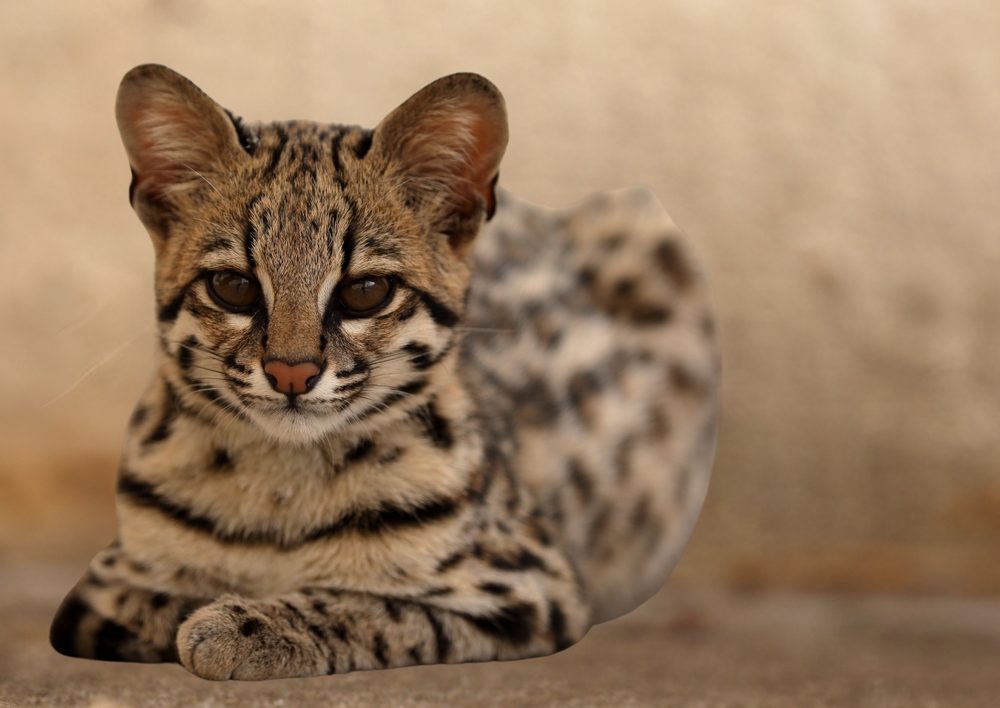
Cat Costs
5. A new cat costs between CA $1,875 and $3,345 in the first year
(Daily Hive)
Unless you pay $150,000 for one, the purchase price of a cat usually only represents a small fraction of the total lifetime cost of a cat. When you take into account the cost of neutering or spaying and buying all the equipment and accessories your puss will need, a new owner can expect to pay between $1,875 and $3,345 during the first year of owning a pet cat.
Adopting a cat can greatly reduce these costs. Not only does adopting cost less than buying, but adoption centres usually ensure that the cats they adopt out are spayed or neutered and have had their initial vaccinations and other health checks.
6. Cats cost between CA $80 and $200 per year to keep.
(Daily Hive)
The first year of owning a cat, or any pet, is typically the most expensive. Not only do owners have to pay adoption or breeder fees, but they also need to buy all the equipment and accessories. Spaying or neutering costs, as well as other healthcare costs, are also higher for kittens than for adult cats, and many of the costs are not covered by pet insurance.
Despite that, annual costs can still be higher than expected, thanks to the ongoing need for food, cat litter, vet checkups, and emergency costs. On average, it costs between $80 and $200 a year to keep a cat.

7. A third of pet owners said they have reduced other spending to ensure they meet their pets’ needs.
(Daily Hive)
The cost-of-living crisis has seen many people having to curb their expenditure on a range of items. Pet food costs have increased over the past few years, and in one survey a third of pet owners said they have had to reduce spending in other areas to ensure they meet the needs of their pets.
8. Cats go to the vet less often than dogs.
(Made In CA)
Cats do cost less to keep than dogs. They are smaller animals, on average, so they eat less food. They are also less likely to be involved in accidents, although outdoor cats do run the risk of being involved in road accidents or incidents involving wild animals.
Another reason cats typically cost less than dogs is that they do not have as many vet appointments. 78% of dogs go to the vet each year, compared to just 50% of cats.
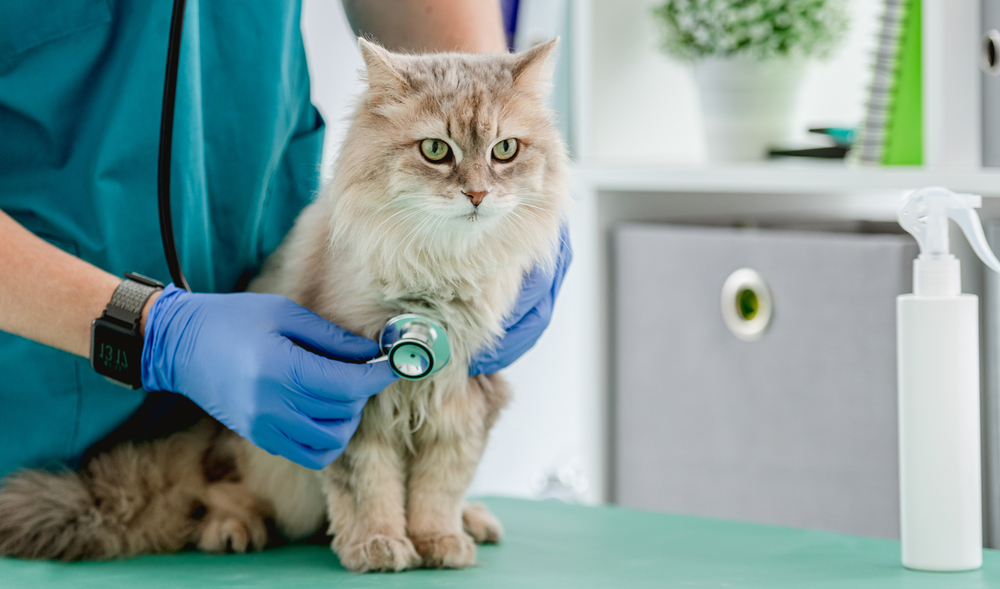
9. Around 4 in 5 cats are neutered or spayed.
(Made In CA)
Spaying or neutering a cat can help reduce the risk of some cancers and certain other diseases and conditions. It also reduces your cat’s desire to stray, and it helps stop more cats from entering an already burgeoning feline population. 79%, or approximately four in five, cat owners have had their pets neutered or spayed.
Two-thirds of owners of spayed/neutered pets said they did it because they believe it to be an important investment.
10. Only 3% of pet owners in Canada have cat insurance.
(PHI Direct)
Pet insurance can help with unexpected costs associated with vet bills following accidents or if your cat is diagnosed with an unexpected illness. Depending on the policy, it can cover everything from tests and appointments to operations and follow-up procedures.
Despite the benefits of pet insurance, only 3% of Canadian pet owners say they have a pet insurance policy.
 Cat Owners
Cat Owners
11. A quarter of Canadian owners are willing to spend more on healthy cat food.
(Freedonia Group)
Nutrition is important to a cat’s ongoing health and well-being. Poor quality cat food may not provide the vitamins, minerals, and other nutrients that a cat needs. Good quality food not only meets nutritional values but provides additional benefits and is made from responsibly sourced, natural ingredients.
Although cost does not necessarily indicate value, the higher the quality of the ingredients, the more food is likely to cost. A quarter of cat owners said they are willing to spend more on cat food that is considered healthy.
12. 2/3 of owners say they spend more on their cats than they used to.
(Freedonia Group)
Cat food and other costs associated with owning cats have risen in the past couple of years. And, as costs have risen, so too has inflation, while salaries have not risen in line with inflation. The end result is that people have less disposable income.

13. A quarter of owners buy their cat food online.
(Freedonia Group)
One way that pet food purchases changed during the pandemic was that more people bought their food online. It was more convenient, and it meant that owners could stay at home and abide by government advice. Shopping online is considered more convenient, and it is easier to shop for bargains.
A quarter of cat owners now buy their food exclusively online, rather than visiting pet stores.
14. The main reason given for not having a pet is not wanting the responsibility.
(Made In CA)
Owning pets isn’t for everybody, and while a lot of owners appreciate the companionship and company that cats bring, many don’t want to be tied down.
58% of Canadians who do not own pets said they choose not to have pets because they don’t want the responsibility of pet ownership.
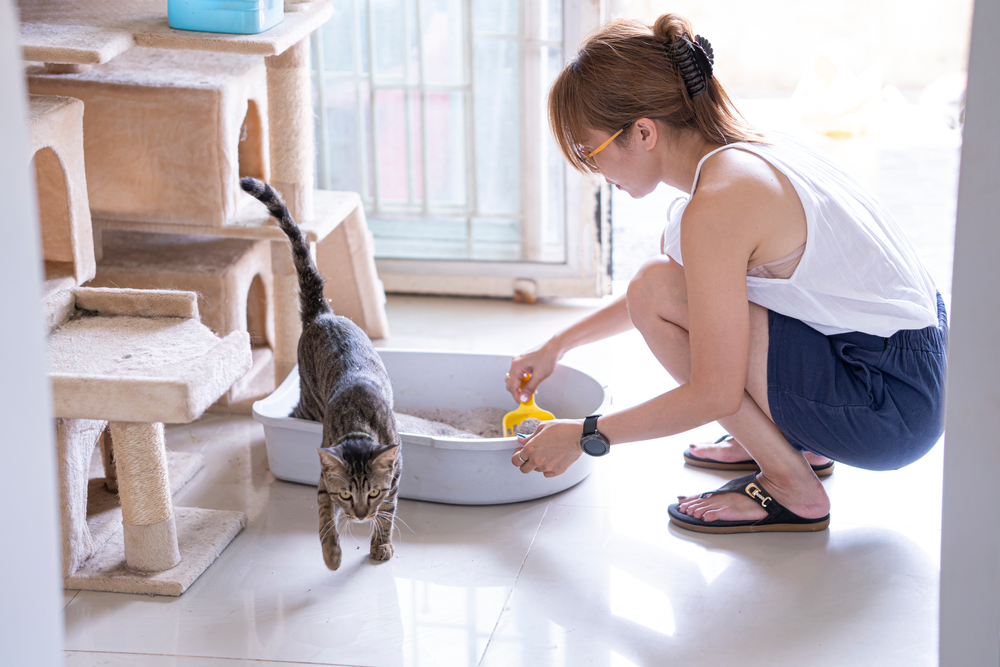
Strays and Ferals
15. There could be as many as 4.2 million stray cats in Canada.
(CWHC)
Like most other countries, Canada has a problem with stray and feral cats. These cats either used to have a home but have run away or were dumped by their owners, or they have never lived in a home and were born on the streets.
Although it is difficult to get an accurate figure of the size of the feral cat population, estimates suggest there could be as many as 4.2 million feral and stray cats in Canada.
16. Some shelters have seen a 50% decrease in intakes since 2011.
(CBC)
Although the stray and feral cat population is a problem, some shelters in Canada report a drop in the number of animals they have taken in when compared to 2011. Windsor/Essex County Humane Society reports a 50% drop in the number of stray cats it has taken in during this time.
Melanie Coulter, executive director of the shelter, said that they faced a crisis point in 2011 and she puts the drop down to spaying and neutering programs they have introduced in their clinics.
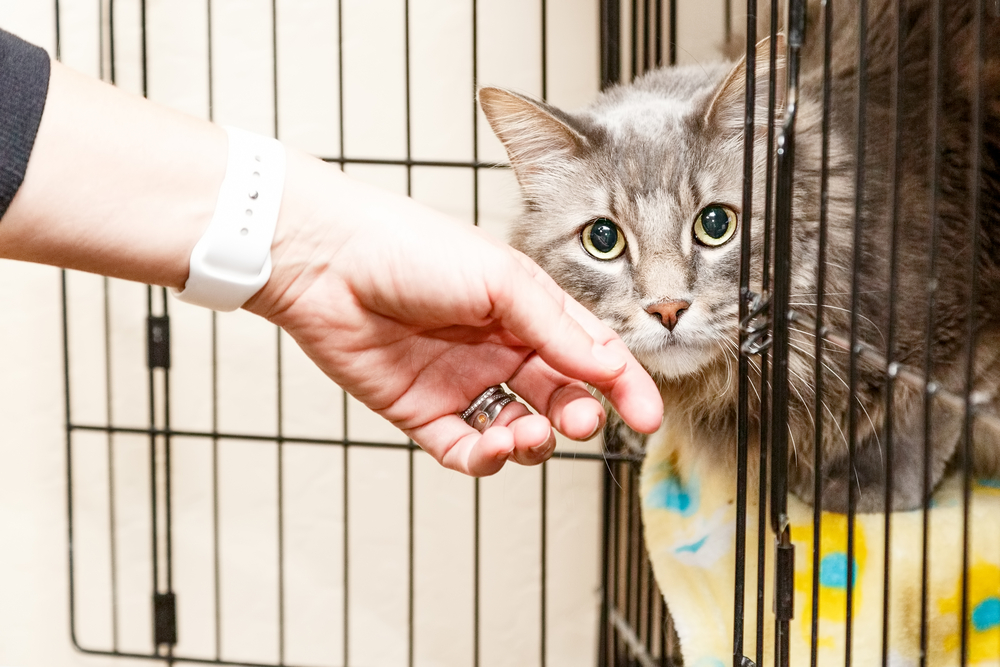
17. Strays and outdoor cats kill approximately 200 million birds a year.
(CBC)
One problem with a large feral cat community is that they predate birds, small mammals, and even reptiles. In some countries, the extinction of dozens of species is attributed to predation by the cat population.
In Canada, it is estimated that stray cats and outdoor cats kill around 200 million birds every year. This does include outdoor cats, which are pet cats that are allowed to roam outside their homes for at least part of the day. Owners who let their cats out can take steps to help prevent this problem, but a lot of cats will still find ways to kill small animals.
Frequently Asked Questions (FAQ)
Should you get your cat spayed or neutered?
Spaying and neutering can help reduce the risks of certain cancers and other diseases. It also helps prevent unwanted pregnancies which, in turn, helps control the growing population of feral and stray cats. It can even reduce the likelihood of a cat straying or roaming from the house and might prevent indoor spraying and other unwanted activities in the home.
Do cats need insurance?
It is not a legal requirement to have a cat insured, but cat insurance can protect against unexpected vet bills associated with accidents or illnesses. Insurance does not cover preventive healthcare, but it can cover the cost of tests, treatment, and follow-up procedures. Some policies even pay towards the cost of prescriptions and prescription foods.
Why do people give up cats?
There are lots of reasons people give up cats to shelters and rescues. Some people can no longer afford to keep their cats, especially during cost-of-living crises and financial problems. Some owners find that changes in personal circumstances leave them unable to care for or spend time with their cats.
And, in some cases, cats outlive their owners and there are no family members or friends able to take them on.
Are stray cats a problem in Canada?
There are as many as 4.2 million stray and feral cats in Canada. Some of these carry illnesses, and many have not been spayed or neutered. As well as potentially passing on diseases to domestic pet cats, stray cats can also cause unwanted pregnancies, may fight with house cats, and they also have to kill small animals to feed themselves.
Although most feral cats live in urban areas, some do live in cities, and while cat attacks are rare, they do happen.
 Conclusion
Conclusion
Globally, cats are one of the most popular types of pets, typically second only in popularity to dogs. However, Canada is one of a few countries that has a higher population of pet cats than dogs. There are 8.5 million pet cats, compared to 7.9 million pet dogs, and this number rose sharply between 2020 and 2022, although the cost-of-living crisis means that the population is likely to have stabilized in the past year.
As well as this large population of pet cats, Canada is believed to have as many as 4.2 million stray and feral cats, which can pass on illnesses, cause unwanted pregnancies, and play havoc with local wildlife.
See Also:
Featured Image Credit: IMG Stock Studio, Shutterstock



 The 17 Canada Cat Statistics
The 17 Canada Cat Statistics
